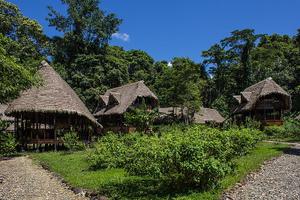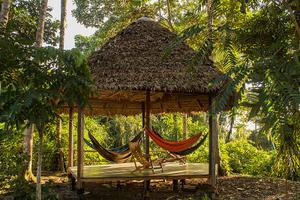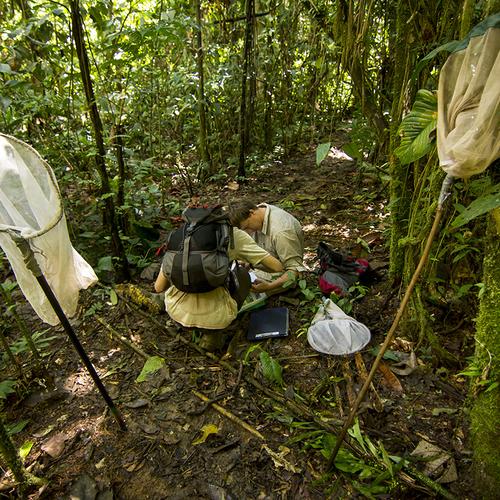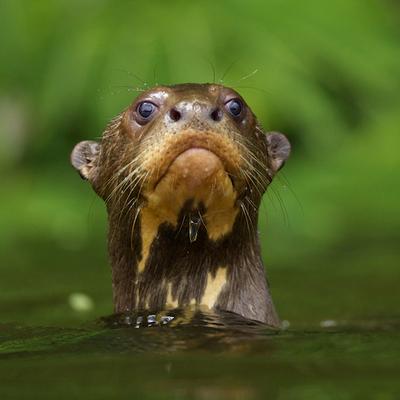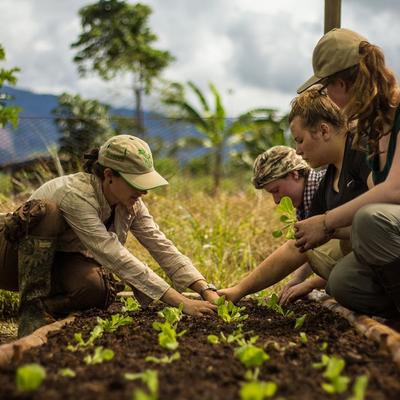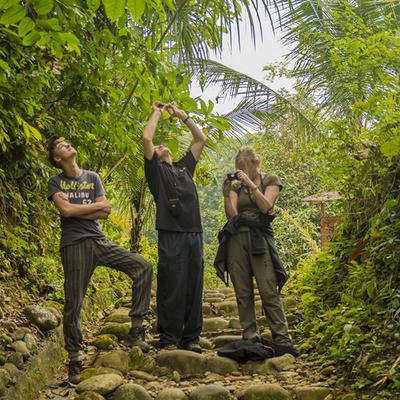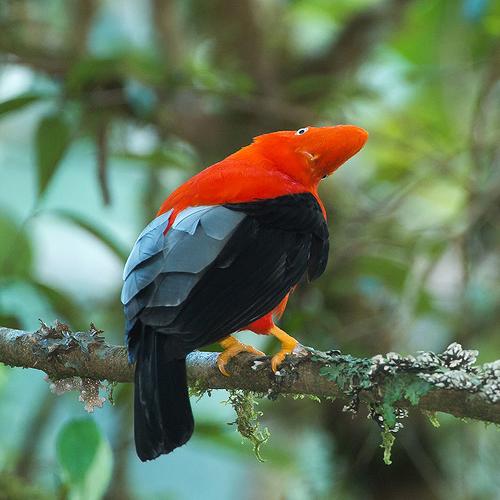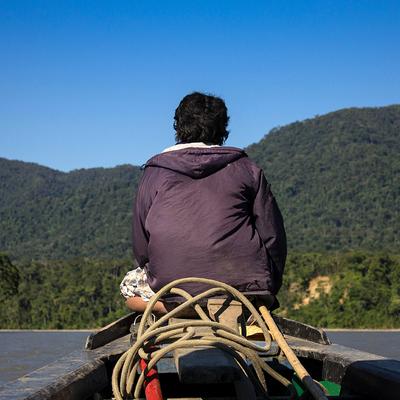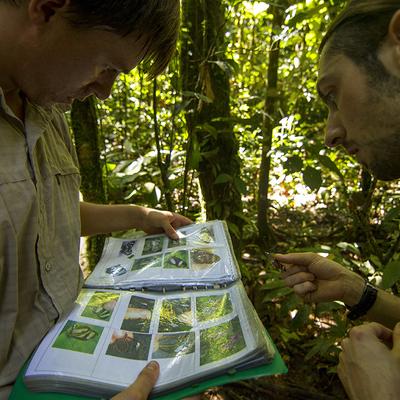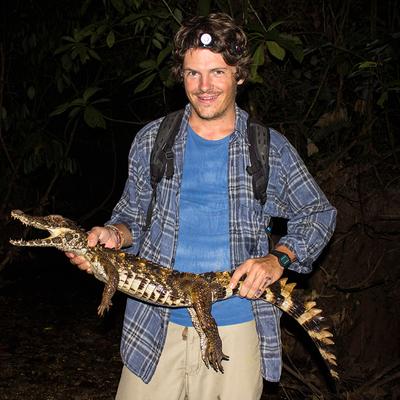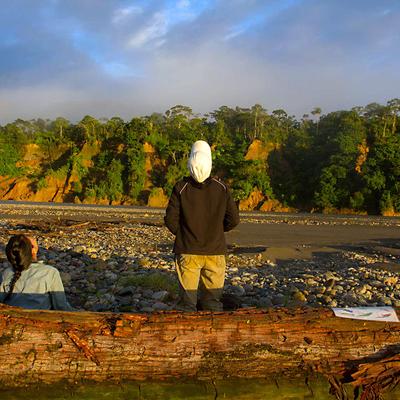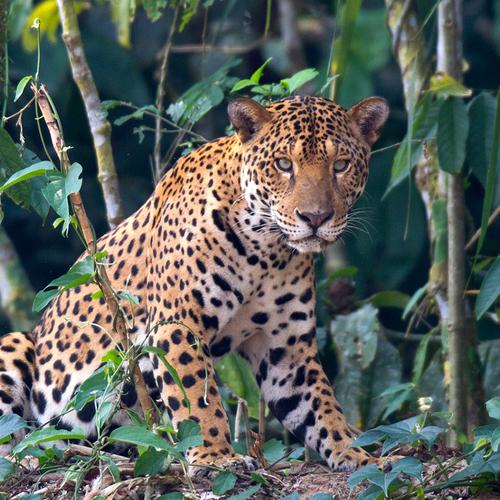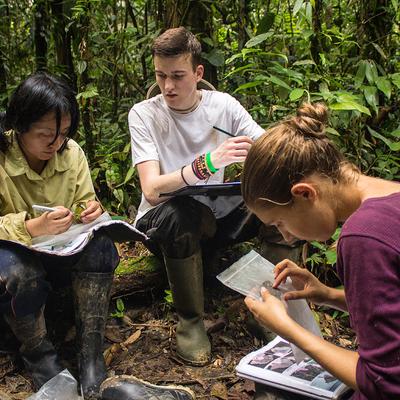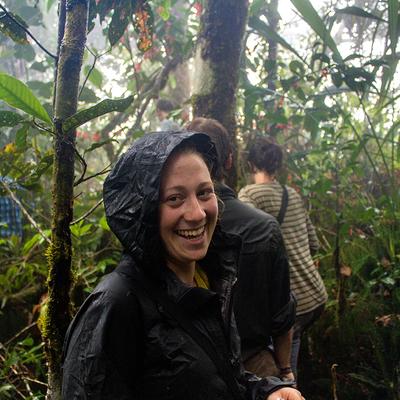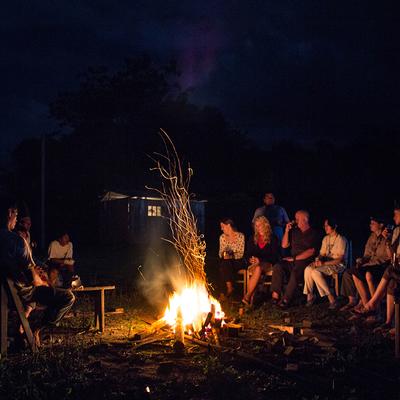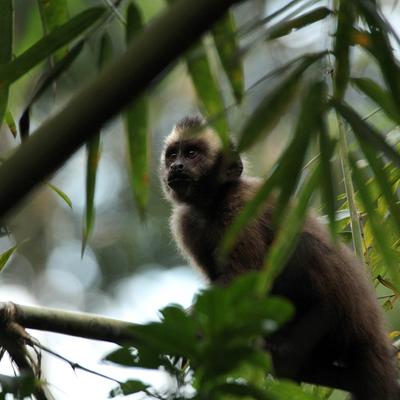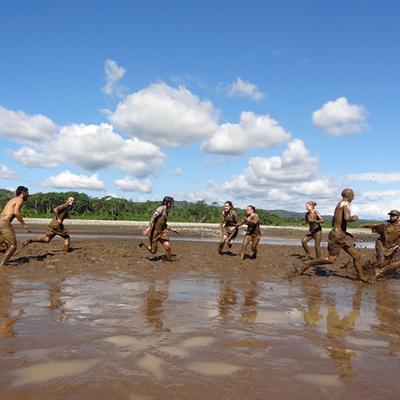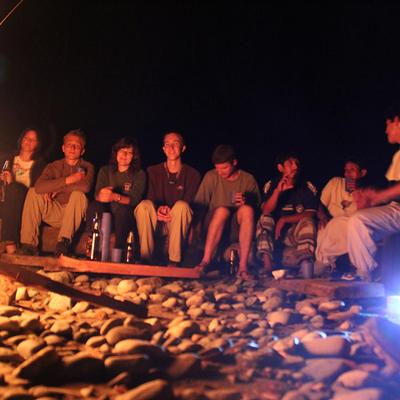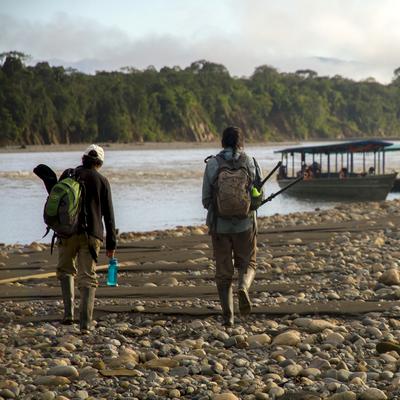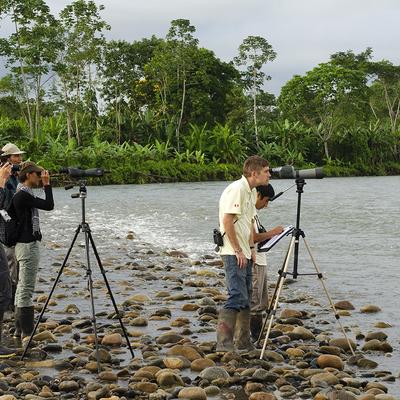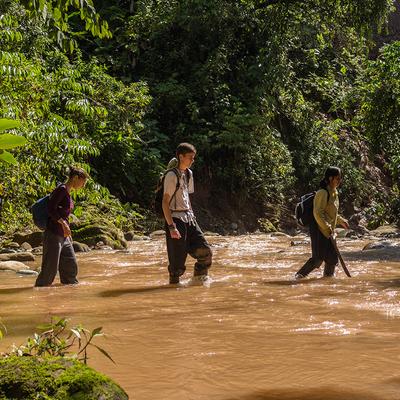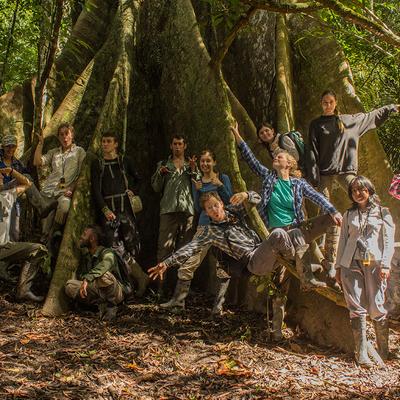

Amazon Conservation Project Peru
Volunteer in Peru and have a lasting impact on Amazon conservation efforts in Manu National park – one of the most diverse environments on earth.
To many, Manu National Park is the very definition of conservation. The park is a mass of sprawling and Edenlike jungle covering an impressive 17,163km2 of land and boasting an untamed wilderness. It is no surprise that Manu is home to a countless array of fascinating and diverse species: jaguars, pumas, giant anteaters and sloths all make their homes here, and 14 species of monkey can be found jumping from branch to branch. But it hasn't always been this way; just 30 years ago Manu's landscape was very different from the tropical paradise which we see today.
Much of Manu's forest (including the Amazon basin) had once stood bare, stripped of life as a result of human activity. Logging and farming activities had decimated the area and kept endemic species away, and due to the suffering of the ecosystem, UNESCO had to step in, recognising the area as a Bioreserve in 1977, and later, a World Heritage Site.
After years of hard work, the Manu Biosphere has managed to thrive once again, with visitors flocking from around the globe to learn about the rich biodiversity that has been regenerated and the conservation efforts that have breathed life back into the park. As a volunteer, you will assist the team at the Manu Learning Centre in carrying out their research on Peru’s native animals, perhaps even having the opportunity to make new discoveries along the way. Explore the rainforest, carry out ecological surveys, and spend time supporting and empowering the local communities - all on the doorstep of the most iconic rainforest in the world.
Speak To A Travel Expert
Activities
You will take part in a variety of the research activities below, but prior to this, you will complete a training program which consists of presentations, fieldwork, educational forest walks, species recognition tasks and a first-aid course.
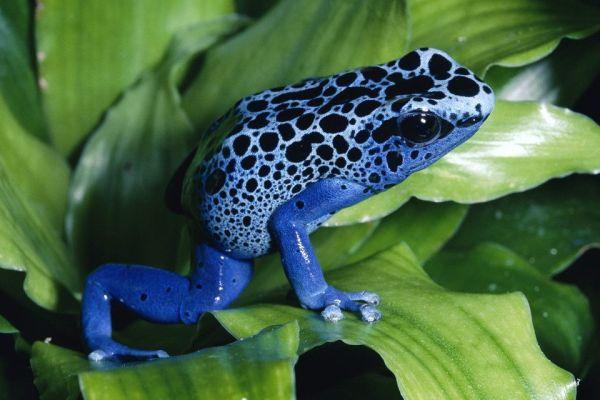

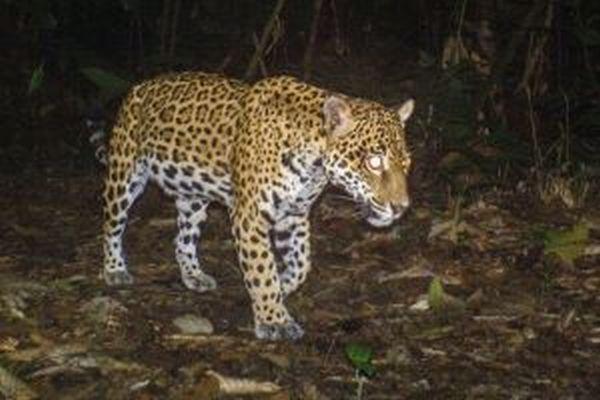
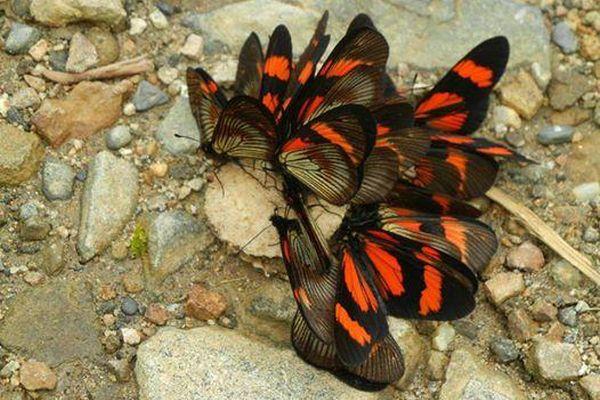
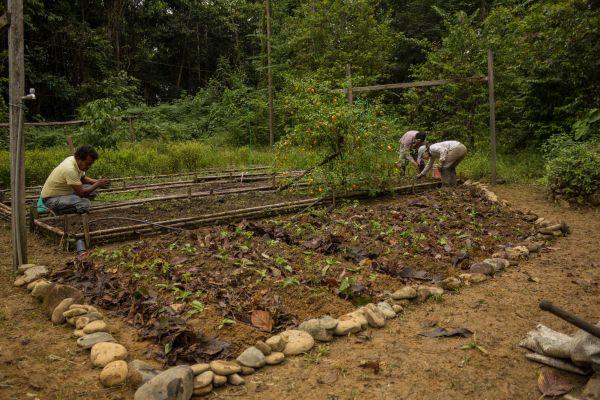
Itinerary
Please note, itineraries are subject to change and the below is simply a rough guideline. The itinerary below is based on a 4-week stay as this is the recommended minimum duration to ensure you experience all of what the project has to offer. If you stay for fewer than 4 weeks, your training period will be shorter, and the volunteer work will not be as involved. If you stay for longer than 4 weeks, the period of project days will be longer.
Start Dates & Prices
To secure a place on this project, a deposit of $245 is required at the time of booking, with the remaining balance due any time up to 60 days prior to your start date.
Select a duration below to see the available start dates. All dates shown are currently available for you to join this project!
Accommodation
Accommodation
For the first two nights and last night in Cusco, you will stay in a comfortable hostel within the city centre in a twin room with an en-suite bathroom. Your third night will be spent in a rustic lodge within the cloud forest.
Accommodation whilst on the project in Manu National Park consists of comfortable and airy pods, which each feature two or three beds and a magnificent view of the rainforest. Bed linens and mosquito nets are provided. The project aims to reduce its environmental impact, so the showers, electricity and internet connection are all solar-generated.
Meals & Beverages
Three meals a day will be provided throughout your stay on the project and will be made using typical local ingredients, such as rice, beans, eggs, vegetables, and occasionally meat. The project is able to cater to many different dietary requirements, but we kindly ask that you let us know in advance of your stay so the project staff can prepare for your arrival.
Project Details
When Is The Best Time To Volunteer?
In Manu National Park, the climate is generally hot and humid all year, however, there are two distinct seasons:
Dry Season (April - October): During these months, the temperature is typically 30°C (86°F) and rainfall is limited, however, being a rainforest climate, you should still expect some occasional rain.
Wet Season (November - March): On average, 1,200 millimetres of rain falls during the wet season, and whilst it only rains for short periods of time, the rainfall can be very heavy. It is also much hotter during these months and temperatures can reach up to 40°C (104°F).
Throughout the year the weather can be variable, with tropical storms happening without much notice and temperatures often reaching very high levels, so it is important to be prepared for anything.
Getting There
You will need to arrive into Alejandro Velasco Astete International Airport in Cusco between 7am and 5pm on the start date of your project where you will be met by a project representative and transferred to your hostel in Cusco. From here, you will be transferred to every stage of the project. On your final day, the transfer back to the airport from your accommodation is not included but can be arranged for an additional fee.
Visa Requirements
If you are from the UK, USA, Canada, Australia or most of the EU, you do not require a visa to enter Peru as a tourist, as a stay of around 6 months is granted on arrival for tourism purposes. As entry requirements can change, however, please ensure you check your own visa requirements before travelling.
Fitness & Skills
This project involves a fair amount of walking, so volunteers must be able to walk up to 10km per day. The terrain here can be uneven and muddy, so please do take this into consideration when deciding whether this project is for you. Additionally, while there are no specific skills required to take part in this project, all volunteers must be able to carry (light) equipment and their own belongings, have the ability to climb in and out of a small boat whilst wearing a personal flotation device and be comfortable working in all manner of weather conditions.
Vaccinations
For this project, you must be vaccinated against Hepatitis A, Typhoid Fever and Tetanus. Other vaccinations required will depend on your medical history and we recommend consulting your GP/Doctor regarding your own needs.
Videos
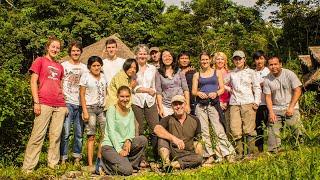
Discover The Amazon Conservation Project In Peru!
Take a look and see how could you help preserve one of the most biodiverse environments on earth.
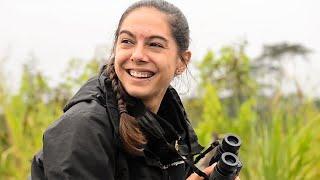
Volunteer Experiences
Watch as volunteers Bex and Reefa talk about their experience on the Amazon Conservation Project in Peru.
Gallery
What's Included
- Accommodation
- An airport transfer from Cusco Airport on your first day
- Transfers between Cusco and Manu National Park
- An overnight stay in the cloud forest
- Full training & orientation programme
- Three meals per day
What's Not Included
- Flights
- An airport transfer back to Cusco Airport on your final day
- Soft and alcoholic beverages and snacks
